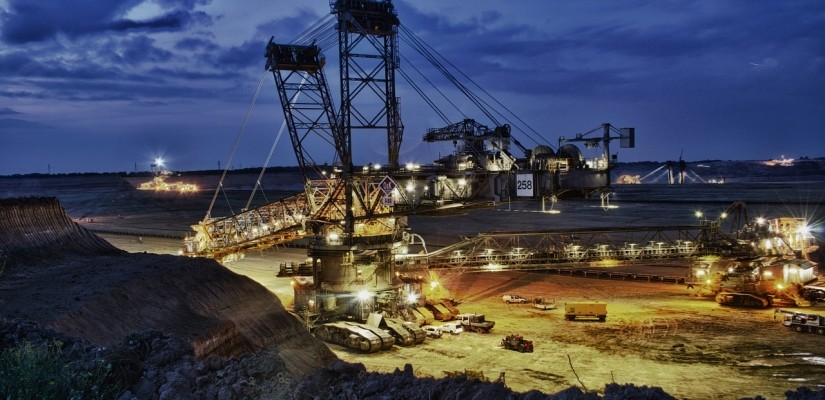While the mining industry is often associated with coal and iron, an increasingly varied number of natural resources is used in the production of computer chips, electric vehicles, renewable energy, and high-tech infrastructure. Metals such as silicon, lithium, copper, and cobalt are now in higher demand as large developing countries such as China and India as well as countries in Southeast Asia seek to transform their economies and develop their infrastructure. In fact, demand for industrial and precious metals is estimated to grow to $2.1 trillion by 2022, according to assessments from 2018. Furthermore, as demand increases, so does pressure to access new supply sources. Demand for metals such as indium and neodymium, which are required to build solar panels and wind turbines, is projected to increase 12-fold by 2050 as countries shift towards using more renewable energy. At the same time, current supply is not nearly enough to meet this demand. Productivity in the mining sector had decreased almost 4% per year over a period of 10 years, according to studies from 2015. Along with increasingly urgent appeals to the mining industry for more sustainability, efficiency, and a safer environment for workers, there is a greater need for innovation and technological advancement in mining infrastructure. The mining sector is increasingly utilizing artificial intelligence (AI), digital technology, automation, and virtual reality to make metal and mineral mining more effective, sustainable, and safer.

For example, capital-intensive sectors such as mining are increasingly developing strategies around technologies that take advantage of the internet of things (IoT), which integrates digital infrastructure, cloud computing, and physical equipment. By implanting sensors in drilling gear and transportation structures, mining companies can keep track of equipment deterioration, vehicle paths, or mine layout in real-time as information is fed into cloud-based data systems. The use of IoT also improves issues with sustainability and worker safety. Additionally, water usage in resource extraction and drilling can be more accurately measured and conserved. With the help of digital technology, firms can also manage employee grievances and address issues of accountability more quickly.
Along with IoT and cloud computing, AI and machine learning are becoming increasingly important tools that drive other areas of innovation. Whether for mineral exploration, autonomous vehicles, or better safety, machine learning has a wide array of applications. Both AI and IoT developments are integrating the mining sector into what is called Industry 4.0, or the fourth industrial revolution, through the use of “smart” manufacturing. Important sets of information useful to mining companies are large, sprawling, and exist in a patchwork of databases and platforms that can be difficult to manage due to the sheer volume of generated data. One drill hole alone can produce around 200 megabytes of data, and an exploratory project can create terabytes worth of information. Computers can be engineered to quickly analyze geological data on their own and organize information on mineral extraction sites that is easily utilized by mining companies. Some companies are already using automated transportation trucks and drilling systems to more efficiently and safely extract metals from excavation sites. Overall, the smart mining market is anticipated to reach about $23 billion by 2025, offering new opportunities to stakeholders in the mining industry.
